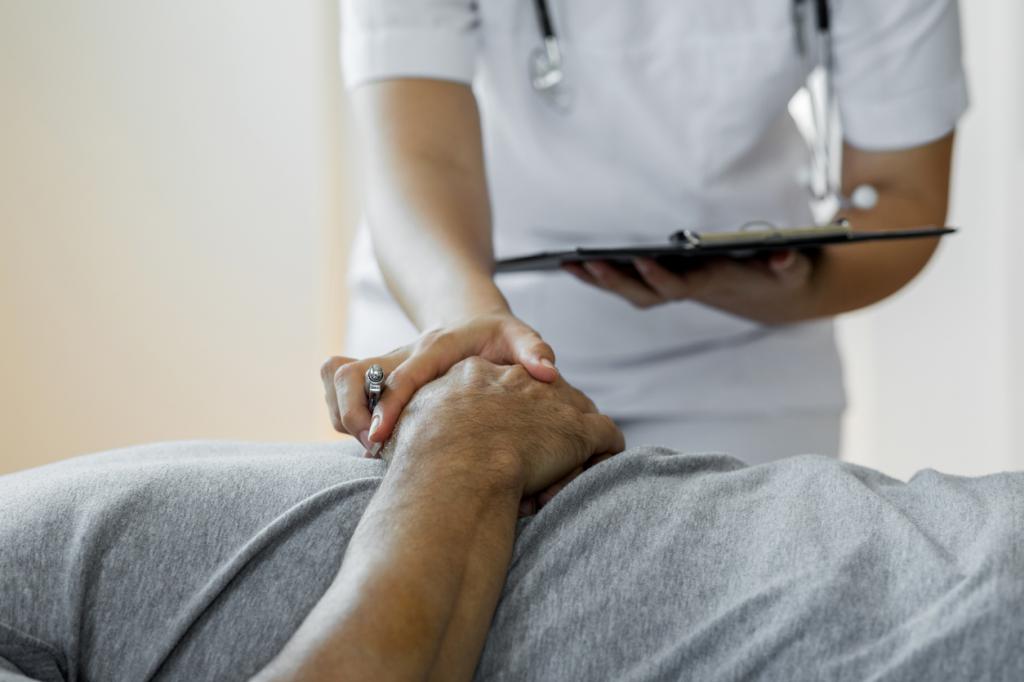Article 21 gives ‘right to life’ and it is guaranteed to all the citizens of India. The question was as to whether ‘right to die’ is also an integral part of ‘right to life’. In Gian Kaur v. State of Punjab (1996), this ‘right to die’ had not been accepted as an integral part of ‘right to life’. The Court in Aruna Ramachandra Shanbaug maintained this position insofar as an active euthanasia is concerned. However, passive euthanasia, under certain circumstances, has been accepted.
Facts of the Cases
- The petitioner (Aruna) in the said case was working as a nurse in the King Edward Memorial Hospital (KEM), Parel, Mumbai. The tragic incident happened on the evening of 27th November, 1973. Aruna was attacked by a sweeper in the hospital who wrapped a dog chain around her neck and yanked her back with it. He tried to rape her but on finding that she was menstruating, he sodomized her.
- To immobilize her during this act, he twisted the chain around her neck. She was found unconscious by one cleaner on the next day. Her body was on the floor and blood was all over the floor. The incident did not allow oxygen to reach her brain as a result of which her brain got damaged.
- The petition was filed by Ms. Pinki Virani as next friend of Aruna Shanbaug. According to facts of the case, Aruna has been surviving on mashed food as she was not able to chew or taste any food and she could not move her hands or legs.
- It was alleged that there was not the slightest possibility of any improvement in her condition and her body lies on the bed in the KEM Hospital like a dead animal, and this has been the position for the last 36 years. The prayer of the petitioner was that the respondents be directed to stop feeding Aruna, and let her die peacefully.
A Team of Doctors
The court appointed a team of three eminent and qualified doctors to investigate and report on the medical condition of Aruna. The team included, Dr. J.V. Divatia[1], Dr. Roop Gursahani[2] and Dr. Nilesh Shah[3]. The team of doctors studied her medical history and observed that Aruna would get uncomfortable if the room in which she was located was over crowded, she was calm when fewer people were around her. In fact, the hospital staff had taken care and was willing to continue to do so.
Moreover, Aruna’s body language did not suggest that she wants to die. Therefore, the doctors opined that there is no need for euthanasia in the instant case.
The case of Bland
Reliance was placed on the landmark judgment of the House of Lords in Bland, where for the first time in the English history, the right to die was allowed through the withdrawal of life support systems including food and water. This case placed the authority to decide whether a case is fit or not for euthanasia in the hands of the court.
In this case, Aruna did not have the capacity to consent for the proposed medical process. Therefore, the next big question that was to be answered was who should decide on her behalf.
Since, there was no relative traced directly, nor did she have any frequent visitor who could relate to her, it was extremely crucial for the court to declare who should decide on her behalf.
As there was lack of acquaintance, it was decided by beneficence. Beneficence is acting in the interest that is best for the patient, and is not influenced by personal convictions, motives or other considerations. Public interest and the interests of the state were also considered in the said matter.
Hospital as the Beneficence
On the aforesaid principle of beneficence and studying the position in some other countries, the court in its judgment said, the right to take decision on behalf of Aruna was vested with the hospital and its management and not Ms. Pinki. The court also said that allowing euthanasia would mean reversing the efforts of the hospital and its staff. In order to ensure that there is no misuse of this technique, the Supreme Court has vested the power with the High Court to decide if life is to be terminated or not.
Thus, the Supreme Court allowed passive euthanasia in certain conditions, subject to the approval by the High Court following the due procedure. It held that when an application for passive euthanasia is filed the Chief Justice of the High Court should forthwith constitute a Bench of at least two Judges who should decide to grant approval or not.
Before doing so, the Bench should seek the opinion of a committee of three reputed doctors to be nominated by the Bench after consulting such medical authorities/medical practitioners as it may deem fit. Simultaneously with appointing the committee of doctors, the High Court Bench shall also issue notice to the State and close relatives e.g. parents, spouse, brothers/sisters etc. of the committee to them as soon as it is available. After hearing them, the High Court Bench should give its verdict.
The above procedure should be followed all over India until Parliament makes legislation on this subject.
[1] Professor and Head, Department of Anesthesia, Critical Care and Pain at Tata Memorial Hospital, Mumbai
[2] Consultant Neurologist at P.D. Hinduja, Mumbai
[3] Professor and Head, Department of Psychiatry at Lokmanya Tilak Municipal Corporation Medical College and General Hospital
